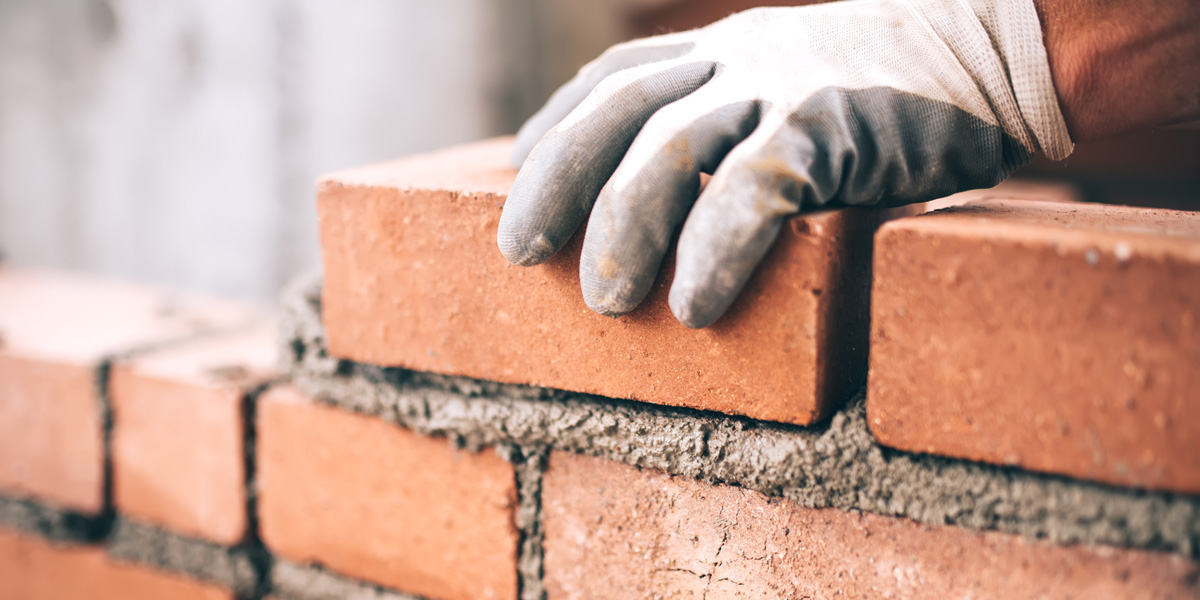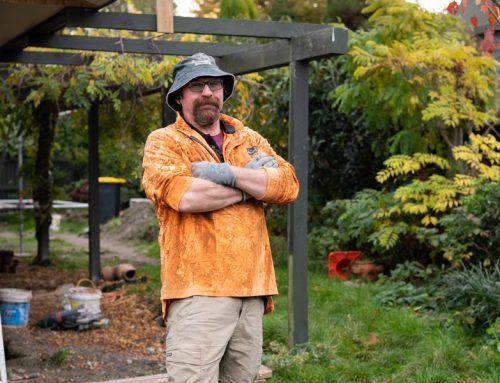 A bricklayers job is to maintain and create a variety of structures using blocks and tiles. These may include chimneys, walkways, foundations and walls. A bricklayer will often work as part of a team of construction workers or alone on commercial, industrial or residential properties.
A bricklayers job is to maintain and create a variety of structures using blocks and tiles. These may include chimneys, walkways, foundations and walls. A bricklayer will often work as part of a team of construction workers or alone on commercial, industrial or residential properties.
Traditionally bricklayers would work with bricks and concrete cinder blocks, however as technology has advanced they’re now working with a wider range of construction materials including marble and terracotta blocks, structural tiles, glass blocks or gypsum. Mortar is most commonly used as a binder and has been used for centuries.
A bricklayer may be supervised by a general or masonry contractor, and will start their job by measuring and marking out the area in which construction is to take place. Then they’ll work out what materials are needed, including the type of construction material, mortar and tools.
Laying bricks is a skill that takes many years to perfect. The between the blocks which is secured by mortar is one that must be consistent to make it stable as well as being visually appealing. It’s important for the mortar to have the right viscosity to make the layers of bricks stick together correctly. There must also be the right amount of moisture to stop it from getting too thick to work with. If the consistency isn’t right, the structure may collapse if exposed to environmental elements or weight.
A bricklayer must also be able to ensure that the bricks or blocks are uniform in shape. Factory produced materials are already pretty uniform on all sides, but recycled bricks, often used for historical reasons often will vary in shape. A bricklayer may use a brick cutter, trowel and/or chisel to shape the bricks to match each other.
Throughout the project, a bricklayer will finish each layer of their work by smoothing the mortar with the pointed tip of their trowel. This task might be performed using copper tubing to create a glassy finish on the connecting mortar layers. Left over brick chips and left over mortar must be removed from the surface before it’s complete.
There are many different bonds, or patterns, in which the bricks can be laid. Common bonds include; Flemish, Monk, Stretcher, English, American, Garden wall, and Rat-trap bond.
A Bricklayers work involves the following tools:
- Brick trowel
- Pointing trowel
- Spirit level
- Boat level
- Line and pins
- Tingle plate
- Corner blocks
- Hawk, Chisel & Hammer
- Jointing tools
- Tape measures





